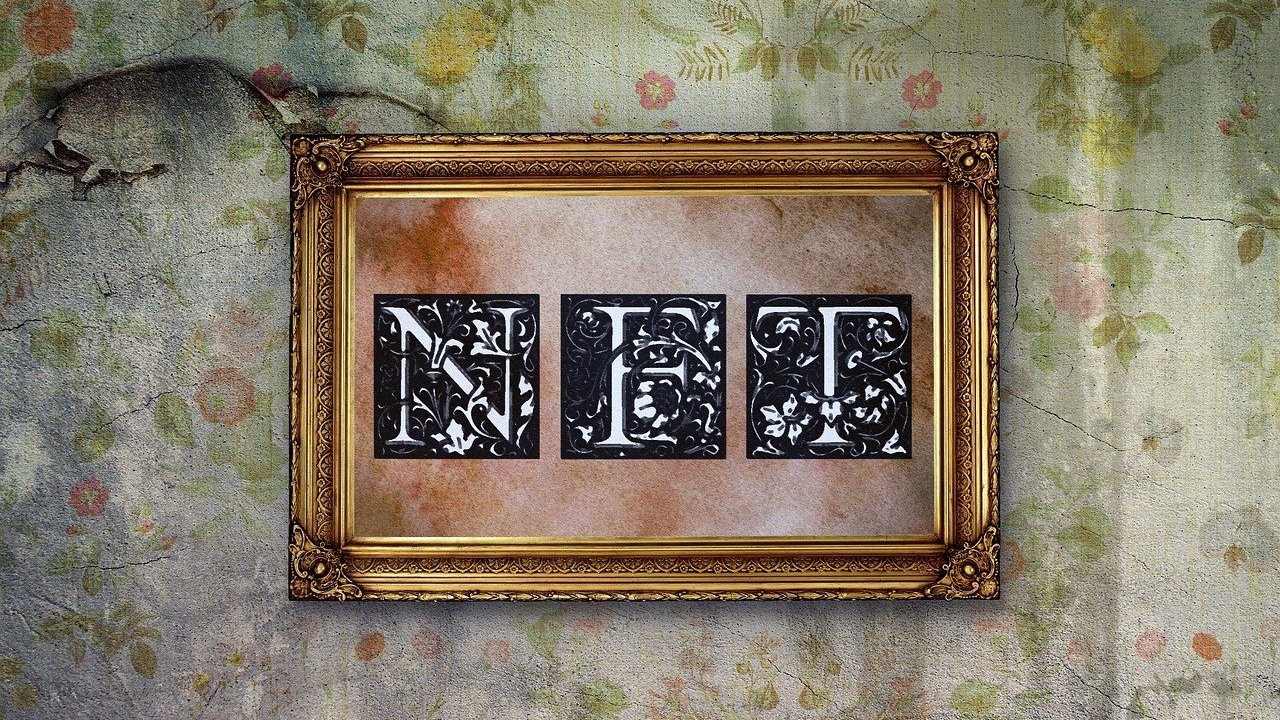Opinion
Is Twitter a Digital Hotbed for NFT IP Theft?
One of the biggest waves that Web3 and NFTs face involves navigating the uncharted waters of modern day intellectual property law.
We saw how easily of a mistake creators can make when choosing to purchase and/or sell works that they believe they have full ownership rights to – with the $3 million Dune concept art adaptation that SpiceDAO publicly announced.
In short, SpiceDAO in its mistaken belief that when paying $3 million for Alejandro Jodorowsky’s Dune, they owned all the legal rights to Frank Herbert’s Dune work of art, didn’t realize that all they purchased was an art concept book to a work that was never actually produced in addition to the fact that the original Dune work and its legal rights reside with Herbert’s estate.
Indeed, NFTs leave creators and holders wide-open to intellectual property (IP) theft due to the massive embrace social media has provided for works to be shared and bragging rights for new acquisitions.
If there’s anything to take away, it’s that intellectual property governs this space and anyone who tries to maneuver around that fact will most likely be reading a cease and desist and/or facing an infringement battle in court.
Is ‘Right Click and Saving’ Illegal?
With NFT holders often taking their newly acquired art and using them as their social media avatars or profile pictures, the question of possible infringement arises, especially for users who take their purchases and share them across Twitter.
For those Twitter users who use their NFTs as avatar pictures, it makes it very easy for the world to simply right click on that image and save it to their device, theoretically, to attempt to use as their own.
But, is simply ‘right click and saving’ another user’s NFT avatar enough to constitute IP theft?
It depends.
Let’s start by addressing the realities of what this really means for any competent consumer in the NFT space – just because an “infringing” third-party saves your NFT image to their device, doesn’t really mean anything as it relates to the legitimate holder’s rights to the work.
Why? The blockchain.
On all counts, the purchase has the digital encryption and smart contract terms to what they’ve purchased – whereas the “infringing” third-party does not. Remember, every NFT has a history and information that is verifiable on-chain, where anyone can go to the item’s source page and verify the details about the contract that was used to create it, as well as the rightful owner to that work.
Technically, there should be no problem of conducting due diligence – yet, due to the volume of projects and attempts at bringing new individuals into the space, it’s not absurd to forget or to be perhaps, too trusting.
However, on the other hand, it does create a layer of misrepresentation and false association, which tends to fall under copyright and trademark law.
Commercialization of the Work?
While ‘right click and saving’ may not be illegal, as it’s verifiable on-chain who the actual owner is to the work, it still creates a likelihood of confusion and a false association that mirrors principles of both copyright and trademark law.
This legal “grey area” distinguishes what is actually being done with that use – meaning, depending on whether an individual is using that image for commercial purposes or to make a profit, determines whether or not it’s an infringement.
Last week, Nike filed a lawsuit against sneaker resale giant StockX for trademark infringement after the company started minting and selling NFTs of Nike footwear without authorization from Nike, causing confusion with consumers as to whether or not Nike was even associated with the project.
Turns out, Nike said there was none. Definitely a case to stay updated with, as it will help set the stage for IP precedent as it pertains to the NFT space.
Back in January, French luxury fashion brand Hermès sued Los Angeles-based digital artist Mason Rothschild for trademark infringement.
Rothschild is the creator of the ‘MetaBirkins’ NFT collection which launched at Miami Art Basel, who created digital art inspired by Hermès brand, choosing to title his NFT collection as the “MetaBirkins” while using trade dress and logos from the 1837 luxury brand.
Again, this is another lawsuit to follow which will help set the stage for NFT and IP law.
Bottom Line
On its face, right clicking and making a copy of any image that does not belong to that individual is straight up copyright infringement – and media journalists (should) know this better than anyone when looking to source images for their stories.
Other than images found through a Creative Commons License or the public domain, every image is protected by copyright and requires a license to obtain it, use it, and/or distribute it.
Unfortunately, what we are seeing now are murky waters where on one hand, there is no reason that individuals should be right-clicking and saving an image of an NFT that doesn’t belong to them, but simultaneously, individuals have the tools available on-chain, while cumbersome, can still research and conduct their due diligence as to who owns that particular piece of art.
This is an ongoing issue that will continue to surface as the NFT and Web3 space continues to develop and evolve.





